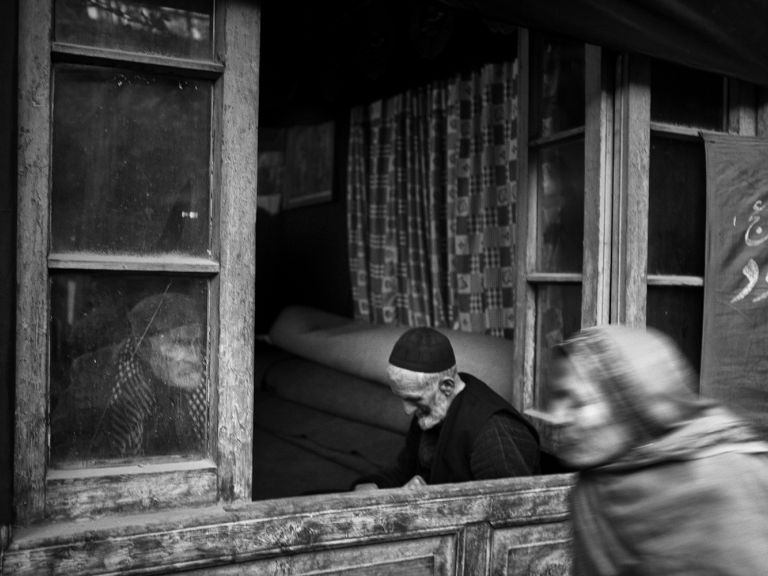Project Detail: Children in flight. The young Afghans’ crusade
Contest:
LuganoPhotoDays 2016
Brand:
LuganoPhotoDays
Author:
Monika Bulaj
Status:
Selected
Project Info
Children in flight. The young Afghans’ crusade
I’d like to address the exodus of young Afghans at its root, in Afghanistan itself. Who are these young people, where do they come from, what stories do they carry with them? How do they leave? Who and what do they leave? What happens to them when they are forcibly returned to Kabul? Why is it that as soon as they arrive back in Kabul, so many of them launch themselves again into yet another voyage of hope and death? What drives a 14-year old to leave? According to the UNHCR, a quarter of the entire world refugee population escapes from Afghanistan. But Afghanistan is also a country of literally millions of internal refugees, people forced to live in others’ homes, under whatever roof they can find over their head, or in refugee camps. They often say me that they send their children to Europe so that at least one survives.
Kabul, at night, in winter. Its archipelagos of illegal villages, without sewers or electricity, where children get up at 4 in the morning and walk long distances to fetch water in heavy water cans. The Sufi ceremonies, the magic rituals that make up for the lack of medicine, the villages full of opium addicts because there is nothing else to kill the pain. Brides sold for debts; the male hammams, or bathhouses; the 21st century Afghan warrior body-cult in gyms; the new epidemic of self-immolation; the anti-personnel mines that continue to increase exponentially instead of decreasing.
What do we know about all this? What do we know about the clandestine Shiah rites, or the death threats nailed at night by the Taliban, on the doors of those who dare to send their daughters to school? Who talks about the survivors of kidnappings – the country’s most thriving industry? What do we know about the juvenile prisons where female adolescents are incarcerated after escaping from forced marriages? Or the shelters, where these young women seek refuge from the revenge of their clans or their own families?
Who cares about the Kuchis, the last nomads, the very lowest of the low: without pasturelands, reduced to miserable existences, living in the cities in squalid hovels or tents, where half the newborn babies do not survive the winter? But all Afghans are in danger of becoming Kuchis, a displaced and dispossessed people, perched on their bundled belongings, waiting for an escape that never comes.
The families of Taliban who are fighting on the frontlines, the village chiefs who are now repentant killers, the children who had to behead a hostage as their initiation rite, the nomad girls working as prostitutes, the hopeless fight of the Kirghizians on the arid mountains of the North.
And the female continent. Women: their dreams, sexuality, emotional geography, expectations, their fight against depression and their striving for self-fulfilment in a repressive tribal context.
In the ‘bright garden’ of Afghanistan, I followed its paths instinctively, finding centres of hope in the most hopeless places, in the darkest depths of despair.














